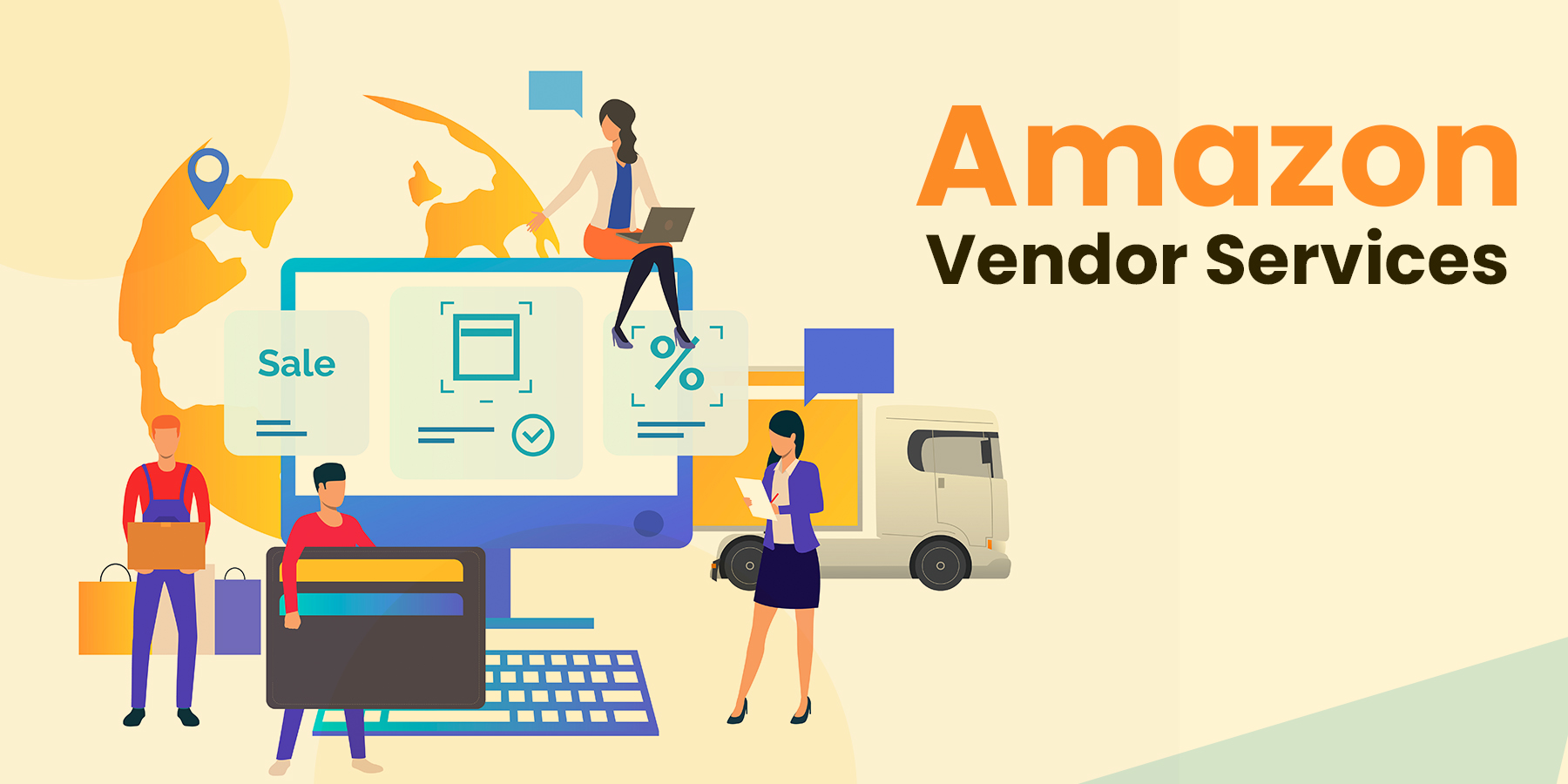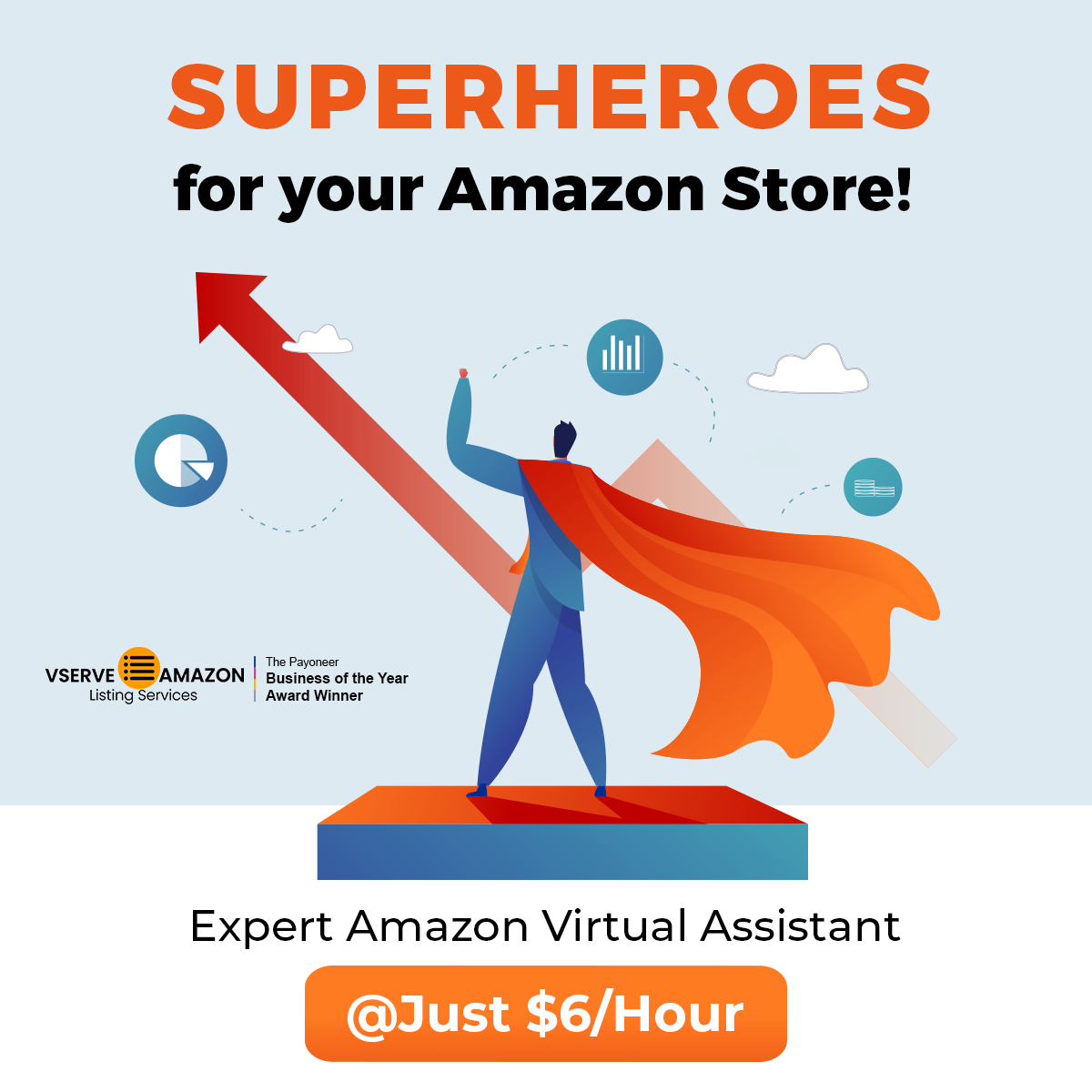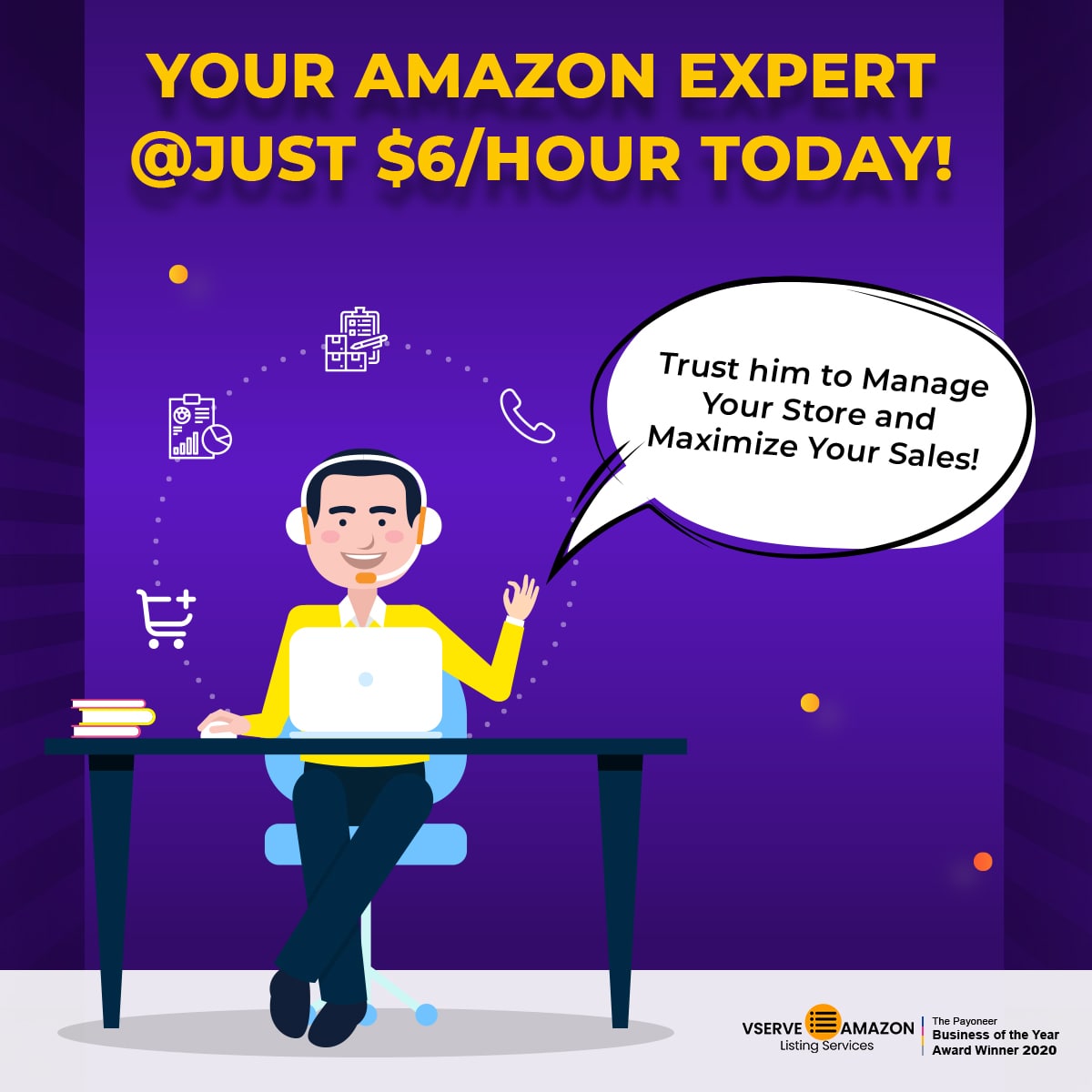Businesses must make a critical choice when it comes to selling products on Amazon: should they opt to be a seller or a vendor? Entrepreneurs frequently struggle with this decision and consider the advantages and disadvantages of each course of action. Making an informed choice that is in line with their corporate aims and business goals requires an understanding of the differences between these two jobs. We will examine the essential distinctions, benefits, and things to keep in mind when deciding whether to become an Amazon vendor or seller in this blog, offering insightful information to assist businesses in making this crucial decision.
Who Is an Amazon Vendor?
An Amazon vendor, also known as a first-party seller, assumes the role of a manufacturer, wholesaler, or distributor when selling on Amazon. With Amazon vendor central, you sell your products directly to Amazon rather than to the end consumer. It resembles a wholesale relationship, similar to selling to physical stores like Walmart or Tesco. Amazon vendor services act as the customer in this arrangement.
Amazon vendor services include managing inventory, customer service, and after-sales support. They decide how much inventory to purchase based on their estimation of product demand and issue purchase orders accordingly. Amazon vendor services can set the retail price and modify content on the product pages. Although vendors provide content to Amazon, the final decision rests with Amazon.
How Does One Recognize a Vendor or Seller on Amazon?
To differentiate between vendors and other sellers on Amazon, you can look for products dispatched and sold directly by Amazon on the product detail page. It indicates a vendor relationship where Amazon owns and sells the product.
Why Should You Become A Vendor?
The question often arises as to why businesses choose to be vendors. By becoming a vendor, you enter into a wholesale relationship where Amazon purchases inventory in quantity rather than single units. It means Amazon vendor services place purchase orders for larger volumes, such as pallets or cartons, making it economically viable for your business.
It's significant to note that Amazon follows a "little and often" approach, frequently placing smaller orders rather than stocking large quantities for extended periods. Amazon vendor services operate fulfillment centers where goods are quickly processed and shipped out. Thus, expect smaller but more frequent purchase orders from Amazon as a vendor.
Advantages of Being A Vendor
1. Inventory Management
Being a vendor has its advantages, primarily because Amazon vendor services take care of inventory management. You don't have to worry about determining how much inventory to send to Amazon as a vendor since they handle the ordering process. In most cases, Amazon vendor services provide a forecast for your inventory needs, although its accuracy may vary if your sales fluctuate significantly. However, if you participate in specific programs like Amazon Fresh or Amazon Prime Now, which often originate from the vendor side, you may receive invitations that serve as incentives.
2. Competing for the Buy Box
Another reason businesses become vendors is that they don't have to compete for the buy box. Amazon vendor services handle that on their behalf, eliminating the need to adjust pricing and engage in strategies to win the buy box. In the past, these additional features and advantages made businesses more inclined to become vendors. However, with the availability of Seller Central for brand owners with registered trademarks, the playing field has become more even. Seller Central provides access to similar tools and features, creating a level playing field for sellers and vendors.
What Is the Role of a Seller on Amazon?
As a seller on Amazon, third-party (3P), you take on more responsibilities compared to being a vendor. You are responsible for managing your inventory and customer service. However, if you choose Fulfillment by Amazon (FBA), Amazon will handle inventory management and customer service on your behalf. But even with FBA, you must determine how much inventory to send to Amazon's fulfillment centers.
Advantages of Being a Seller
1. Control Over Pricing
When a business chooses between becoming a vendor or a seller, it may consider its existing setup. Some companies have both wholesale and direct-to-consumer arrangements. One reason a business might choose to be a seller instead of a vendor is to have control over pricing. As a vendor, Amazon sets retail prices, which some companies may not prefer or trust. They view Amazon vendor services as their customer rather than the end consumer.
2. Contact with Customers
Becoming a seller allows direct contact with the end consumer on Amazon. While Amazon's terms of service restrict contacting customers, you still have more visibility and communication options compared to being a vendor.
What Is the Hybrid Approach?
It means you have access to Seller Central and Vendor Central accounts and must manage your assortment between the two platforms strategically.
This hybrid approach requires careful consideration. It's not simply a matter of opening a seller account and mirroring your vendor account. It would help if you strategized which products to sell as a seller and which to sell through Amazon vendor services.
For example, you may choose to nurture new products and accelerate sales on the seller side before transitioning them to the vendor side at a later stage. A hybrid approach involves thoughtful planning and cannot be achieved quickly, typically with more than six months or a year to establish.
Points to Ponder Over While Choosing Between Being a Seller and a Vendor
- Special Tools: It's important to note that specific tools and features previously exclusive to Amazon vendor services have become available to sellers and vice versa. For instance, in the past, vendors had to pay for plus content, but now it's free for sellers. These changes in availability can impact the decision-making process.
- Economical Viability: Some sellers have experienced increased business by transitioning to being a vendor. They have seen larger orders, albeit not massive bulk orders, than they received as sellers. Shipping in packs once a week to Amazon instead of individual orders has proven to be more cost-effective for some businesses.
- Listing Changes: As disruptions can occur, it's crucial to be cautious when switching from a seller to a vendor. Product images, titles, and optimized product pages from the seller account may change when under Amazon vendor services, which can create challenges.
- Backup Strategy: If you decide to become a vendor, timing is essential. Starting with new products or listings not already on the seller account, such as multi-packs or unique offerings, can help you become familiar with the platform before fully committing. It's advisable to have a backup strategy in case of any unforeseen difficulties during the transition.
- Administrative Tasks: Remember that obtaining an Amazon vendor services account requires an invitation from Amazon. However, working with agencies or freelancers who have connections with Amazon's business development team might open up opportunities for such conversations.
Additionally, it's important to note that being a vendor involves significant administrative tasks, including managing purchase orders, shipment notifications, shipping labels, invoices, and accounting. If your resources are already stretched thin as a seller, you should carefully evaluate doubling the workload as a vendor.
Conclusion
When deciding between being a seller or a vendor on Amazon, it's crucial to evaluate your business goals, resources, and preferences carefully. Ultimately, choosing between being a seller and a vendor depends on your business needs and objectives.
Consider factors such as the availability of tools and features, advertising potential, the economic viability of shipping options, and the impact on existing product listings. Timing and strategic planning are critical to a successful transition, and it's essential to have a backup strategy in case of any challenges.
When faced with the choice between becoming an Amazon seller or vendor, seeking guidance from experts or agencies who are well-versed in Amazon's platform can be highly advantageous. These professionals can provide valuable insights into Amazon vendor central management and Amazon seller central services, helping you navigate the decision-making process and determine the best approach for your business.
Consulting with experienced experts, such as those from Vserve Amazon Listing Services can ensure that you receive specialized advice tailored to your specific needs, maximizing your chances of success on Amazon.
This blog is inspired by the video ‘Amazon Vendor Central vs Seller Central or Hybrid? Differences, Pros and Cons’ by ‘Orange Klik.’






